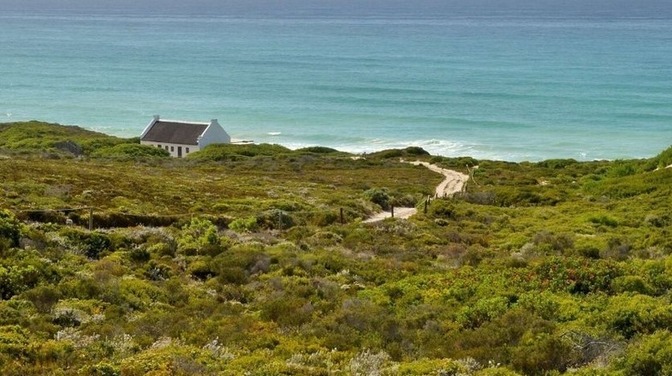Select a category
History of Swellendam
In the early days of Dutch settlement in the Western Cape explorers and farmers that moved eastwards from Cape Town to settle in the area encountered the Khoikhoi and San people who lived there, and had been there for thousands of years. In particular, present day Swellendam was home to the Hessequa Khoi tribe evident in the names given to certain landmarks in the vicinity. This includes the nearby Tradouw Pass which is named after the Khoi word for “Women’s Path”. Other Khoi heritage sites include Lang Elsie’s Kraal, which can be found in the nearby Bontebok National Park and was named after a female Khoi chief who lived in the area between 1734 and 1800.

The beginnings of Swellendam as a colonial settlement began in 1743 when the Dutch East India Company, who wanted to consolidate their power in the area, declared the town a magisterial district. The control of the Dutch East India Company was further established with the construction of the Drostdy building which housed the residence and administrative quarters of the Landdrost or magistrate. The town itself is named after the first South African born Governor of the Cape, Hendrik Swellengrebel and his wife, Helena ten Damme.

During its early days, the town was an important refreshment station along the coastal road and a gateway to the interior. In those days, the town was managed according to the rules of the DEIC, but after poor management and other grievances, the residents led a revolt against the company in 1795 and declared themselves an independent republic. However, this rebellion was short-lived due to British colonial expansion, when control of the town was then taken over by the Resident Magistrate. The Drostdy building is representative of the town’s history and the entire Drostdy Museum complex gives an insight into the history of the town that became an important centre of trade and agriculture in the Cape region.

During the 1800s, the Barry family was instrumental in establishing Swellendam as a centre of trade. As it took weeks for anything to be transported by ox-wagon from Cape Town, the Barry’s pioneered the transport of goods along the nearby Breede River which was the only navigable river in the country. Unfortunately, due to many factors this business enterprise crumbled, but evidence of this trade can still be seen at Malgas where the historic river Pont is still in use.

Today, still with a strong tradition of farming and trade Swellendam is an agricultural hub and trade centre in the Overberg and Western Cape. With its scenic beauty and rich history as a stopover point for explorers and traders, Swellendam is also a popular stopover point for tourism on the N2 highway along the famous Garden Route.


















